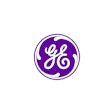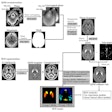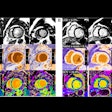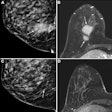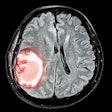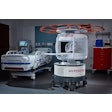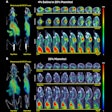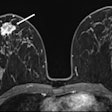MRI can help assess how well cholesterol drugs are working to reduce cholesterol in artery-clogging plaque, according to a study by researchers at the University of Washington in Seattle.
The study, published in the September issue of the Journal of the American College of Cardiology: Cardiovascular Imaging, confirmed that cholesterol medications reduce the overall size of the plaque, because cholesterol is being removed from within the plaque.
The lead author of the study is Dr. Xue-Qiao Zhao, from the university's department of medicine and division of cardiology (JACC Cardiovasc Imaging, Vol. 4:9, pp. 977-986).
Zhao and colleagues randomly assigned 120 patients to receive one of three cholesterol-reducing treatments: Lipitor, Lipitor plus Niaspan, or Lipitor plus Niaspan and colesevelam.
MRI scans were performed on patients' carotid arteries in the neck, rather than on their coronary arteries, because carotid arteries are easier to image due to their close proximity to the surface of the body. They also do not move as much as coronary arteries.
After three years, 33 patients with confirmed carotid plaque had a significant reduction of cholesterol within the plaque. The volume of cholesterol dropped from 60.4 mm3 to 37.4 mm3, while the percentage of plaque volume with cholesterol decreased from 14.2% to 7.4%.
Using MRI to monitor the amount of cholesterol in plaque may help doctors better determine how well cholesterol medications are working. If an MR image shows cholesterol was not reduced, more aggressive therapy might be needed, the authors concluded.
The study was supported by the National Heart, Lung, and Blood Institute and Pfizer.



.fFmgij6Hin.png?auto=compress%2Cformat&fit=crop&h=100&q=70&w=100)
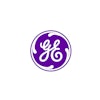
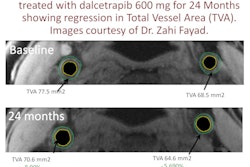
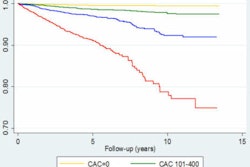
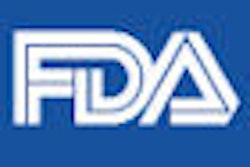
.fFmgij6Hin.png?auto=compress%2Cformat&fit=crop&h=167&q=70&w=250)



